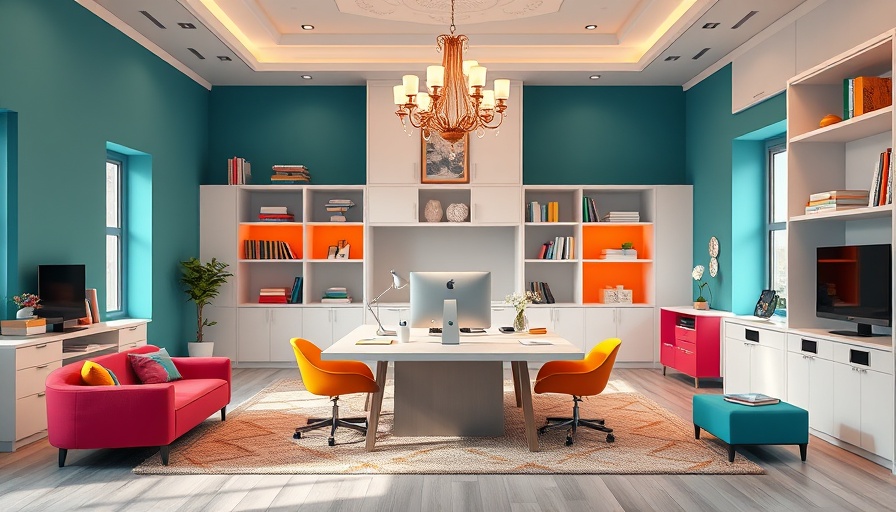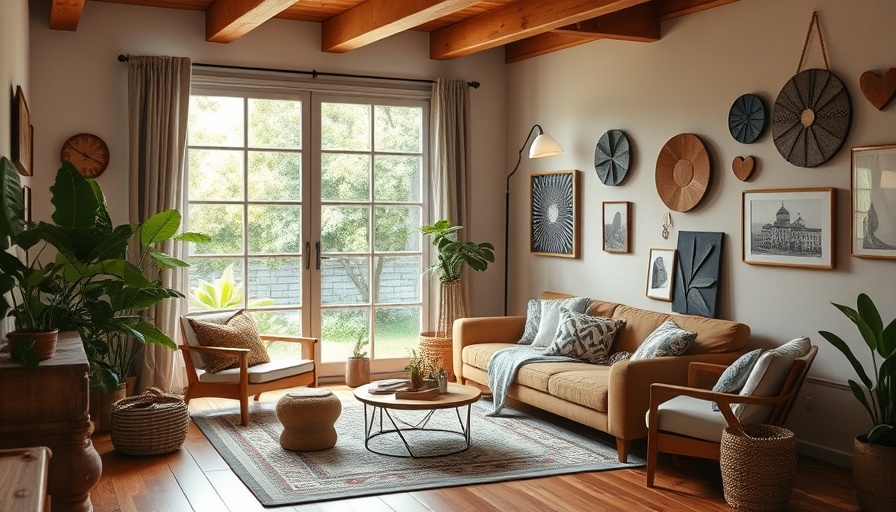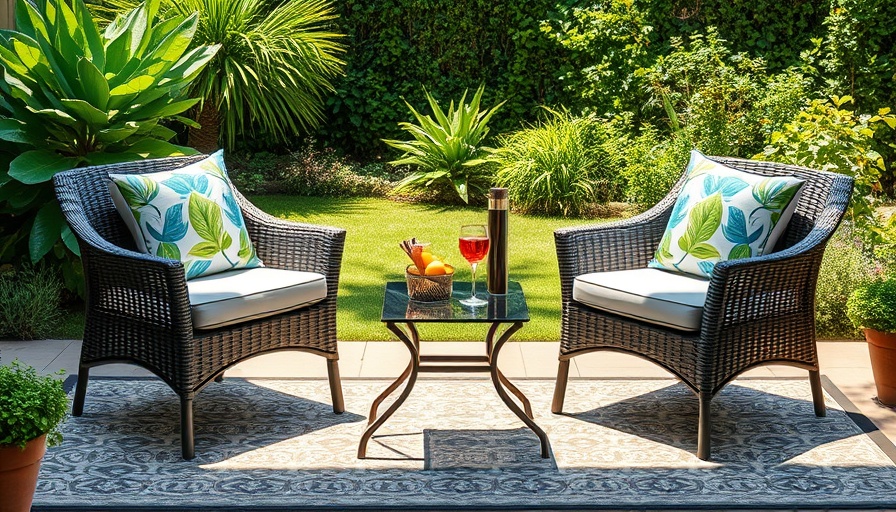
Unlocking Productivity: How Thoughtful Design Impacts Daily Life
The spaces we inhabit significantly influence our focus, energy, and efficiency, especially in our fast-paced world. Emphasizing thoughtful design isn’t just about visual appeal; it’s a commitment to creating environments that enhance productivity, whether at home or in the workplace. In this article, we explore six essential lessons that demonstrate how clever design choices can transform our daily routines.
Declutter Your Space for Mental Clarity
A cluttered environment often mirrors a cluttered mind. Research shows that excessive visual distractions can inhibit our ability to concentrate and process information effectively. The key to an organized atmosphere lies in minimalistic storage solutions and strategic organization of workspaces. By keeping essential items within easy reach and regularly decluttering, you can foster mental clarity, allowing you to focus better on the tasks at hand without the distraction of misplaced items. Prioritizing a clean environment is a fundamental step toward enhancing productivity.
Let There Be Light: The Importance of Natural Illumination
Lighting is more than a functional necessity; it profoundly affects our mood and focus. Natural light is particularly beneficial as it not only enhances our alertness but also combats eye strain and promotes better sleep cycles. To harness the power of natural light, position workspaces near windows or consider utilizing soft, warm artificial lighting that mimics daylight. Incorporating adjustable lighting solutions, such as dimmable LED lights, allows for personalization based on the time of day and specific tasks, further optimizing your workspace.
Ergonomics Matter: Invest in Your Comfort
Physical discomfort can be a significant source of distraction, negatively impacting productivity. Thoughtful design prioritizes ergonomic principles, ensuring that furniture and layouts support comfort and efficiency. This means investing in supportive chairs, adjusting computer screens to eye level, and using desks that promote good posture. Even minor adjustments, like integrating a footrest or an ergonomic keyboard, can yield substantial benefits in reducing fatigue and enhancing workflow. Prioritizing comfort will enable you to work more efficiently and productively.
Color and Texture: Influence Your Mindset
The psychology of color is a powerful tool in design that can shape our interactions with our environments. Cool tones, such as blue and green, are known to foster concentration, while warm colors like yellow can inspire creativity. Introducing various textures can create a more inviting space that feels less sterile. Consider incorporating soft rugs, wooden furniture, or textured fabrics to create a balanced atmosphere. For expansive areas, larger pieces like a 9×12 rug can help define zones and add warmth, encouraging a more productive mindset.
Designated Zones: Organizing Activities for Efficiency
A well-structured space is vital for productivity, allowing distinct areas for different tasks. Designating specific zones for work, reading, or relaxation can significantly enhance focus. In an office, a separate work zone from a relaxation corner can promote better task management. Even in cozy homes, creating dedicated spaces for various activities helps to mentally separate tasks, reducing the likelihood of burnout. Careful layout consideration can transform small areas into efficient workspaces that cater to all your functional needs.
Bringing Nature Indoors: A Path to Enhanced Well-Being
Biophilic design has shown to be a game-changer when it comes to productivity. The infusion of natural elements—such as houseplants and natural materials like wood and stone—into workspace designs can significantly improve focus and lower stress levels. Strategically placing plants around your workspace not only beautifies but also promotes mental well-being. Whenever possible, orient furniture toward outdoor views, providing a harmonious connection to nature and fostering a healthier working environment.
Great Design is Intentional
Thoughtful design extends beyond aesthetics; it's about creating spaces that improve our quality of life and productivity. By implementing these six lessons in your home or office, you can nurture an environment that supports efficiency and enhances focus, ensuring that you perform at your best. Remember, how you arrange your space can dramatically affect your productivity, and with a few intentional changes, you can create a home or workspace that feels welcoming and encourages efficiency.
Don't wait to transform your environment! Start making these changes today to witness a positive shift in your productivity levels, enhancing not just your workspace but your overall quality of life.
 Add Row
Add Row  Add
Add 



 Add Row
Add Row  Add
Add 


Write A Comment